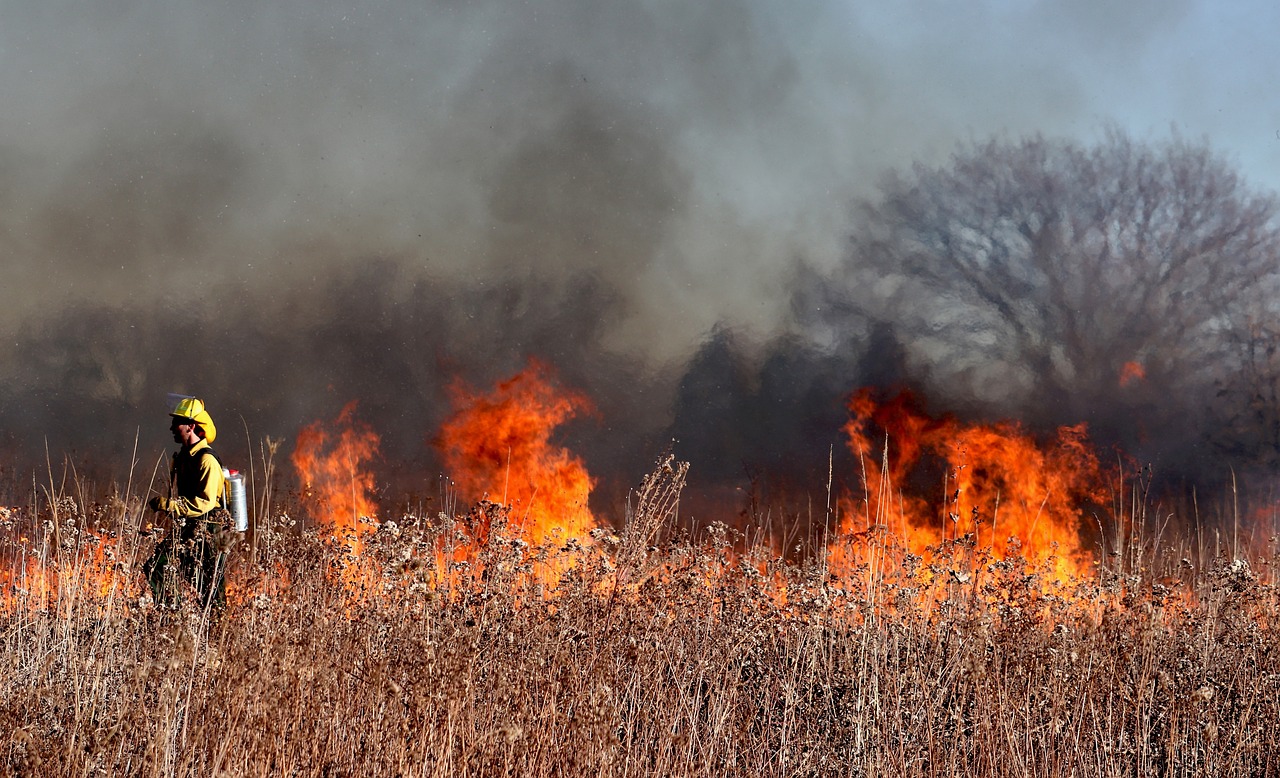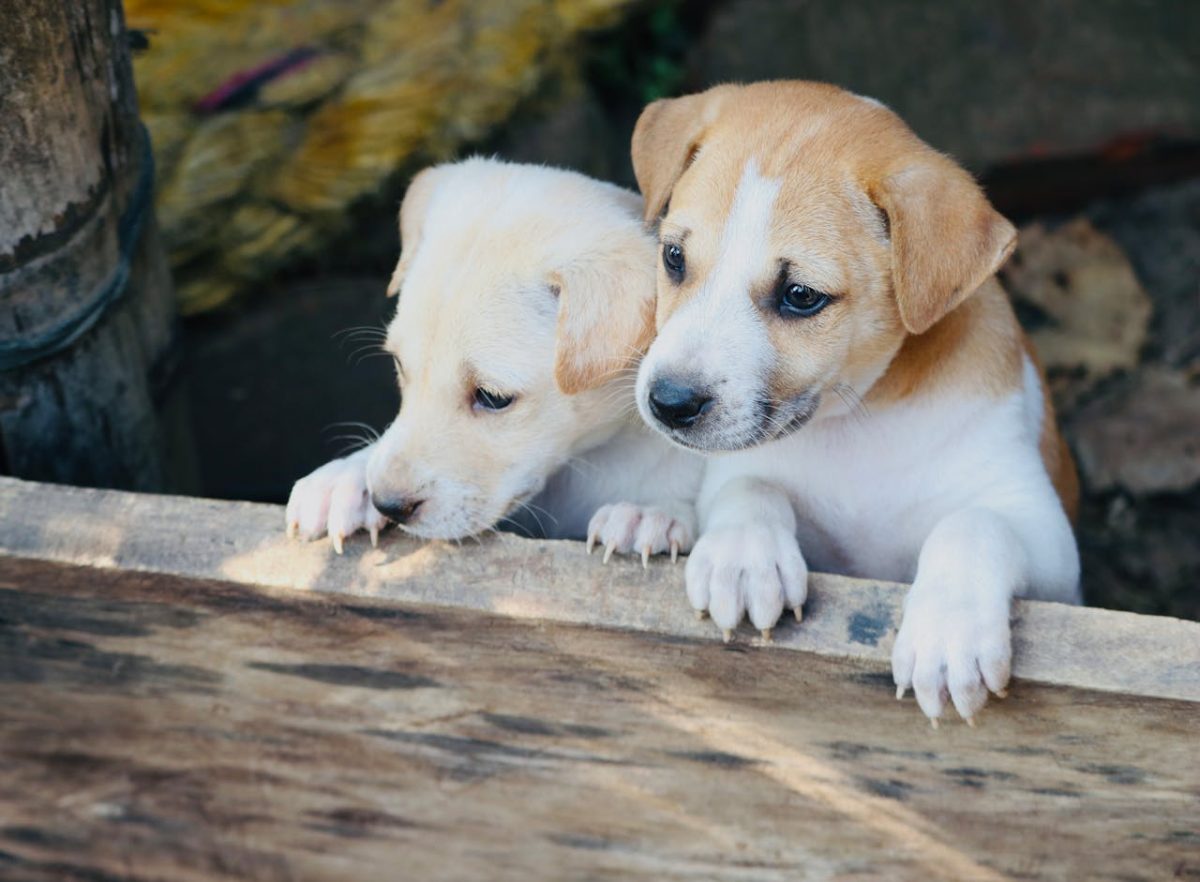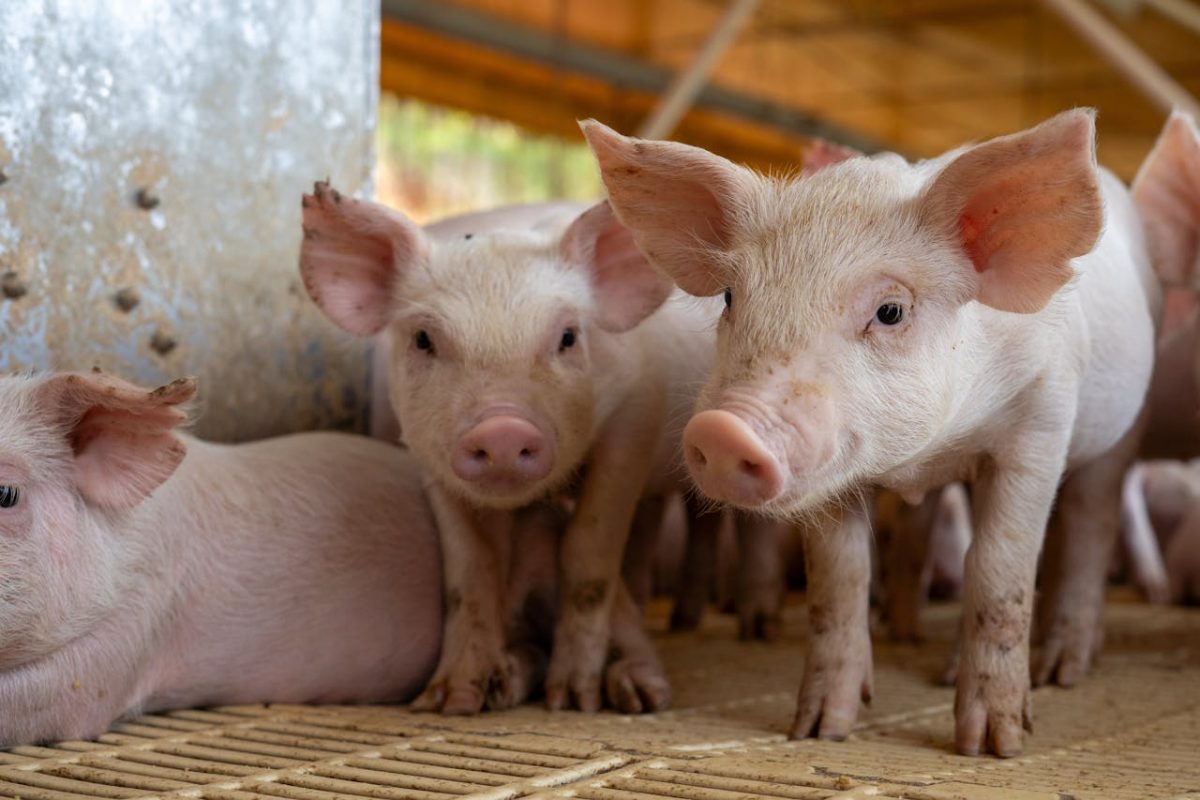Navigating the Challenges of Treating Burn Injuries in Animals
In the serene world of veterinary care, burn injuries, though not the most frequent affliction, present a unique set of challenges that may become more prevalent due to environmental changes. With rising global temperatures and an increase in wildfires, our furry friends face new dangers, such as hot pavements that can scorch delicate paws and the more dire threats posed by natural disasters.
Burn injuries in animals can arise from various sources, including domestic fires, chemical exposures, and even medical treatments like radiation. The approach to treating these injuries is multifaceted, focusing on immediate stabilization, pain management, and long-term wound care.
Immediate Response and Assessment
The initial hours after a burn are critical. Dr. Deborah Mandell, a professor at the University of Pennsylvania School of Veterinary Medicine, emphasizes the importance of quickly assessing the cardiovascular, respiratory, and neurological systems to address any life-threatening changes. “Skin retains heat for about four hours, and the injury can worsen during this time,” she notes, highlighting the necessity of rapid intervention.
Fluid therapy plays a crucial role in the first 24 hours, helping to manage the inflammatory responses that can complicate recovery. Techniques such as cold-water lavage can mitigate the damage if applied timely, but care must be taken to avoid inducing hypothermia.
Calculating the Severity
Veterinarians often use the veterinary burn card method to estimate the extent of a burn. This involves using cards roughly the size of a credit card to cover the wound, helping gauge its size relative to the animal’s body surface area. A burn affecting more than 20 percent of the body is typically considered life-threatening and requires intensive care.
Advanced Wound Care
Once an animal is stabilized, attention turns to wound management. Silver sulfadiazine (SSD) remains a staple for preventing infection and promoting healing. However, alternatives like silver-infused bandages, aloe vera, and medicinal honey are also employed to enhance recovery while minimizing infection risks.
Dr. Jeffrey Smith of the California Veterinary Medical Reserve Corps (CVMRC) shares that in the wake of disasters like the Lahaina wildfire, innovative dressings including SSD combined with insulin and honey have been crucial in treating a variety of animals, from cats to guinea pigs.
Pain Management and Innovative Treatments
Managing pain is paramount. A multimodal approach, which may include opioids, NSAIDs, and other pain relievers, is often most effective. Dr. Smith also mentions the use of adjunct therapies such as acupuncture and laser treatments, which have proven beneficial, especially in managing pain during bandage changes.
Debridement Techniques
Debridement, the removal of dead tissue, is essential for healing. Techniques range from surgical removal to enzymatic methods. An intriguing method used involves medical-grade maggots, which selectively consume dead tissue without harming healthy tissue. This method was notably effective in a severe case treated at Iowa State University, where maggots helped prepare a large wound for successful skin grafting.
Learning from Each Case
Every incident provides valuable lessons that enhance future care. Rapid stabilization and transport to equipped facilities are crucial, as learned by teams like CVMRC during field operations. Collaboration and continuous learning from peers across the globe also enrich the treatment protocols, ensuring that veterinary care for burn injuries can evolve and adapt.
As we face an uncertain future with climate change, the veterinary community remains on the front lines, ready to apply both time-tested and innovative treatments to ensure our pets and wildlife recover from the traumatic injuries that fires and other disasters can cause. The dedication to learning from human medicine and adapting those lessons for our animal companions underscores a commitment to improving veterinary care at every opportunity.



